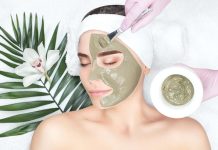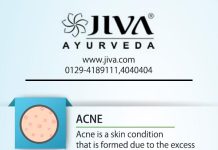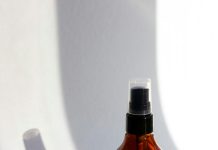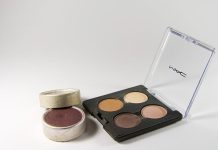In the sun-drenched dance of daily life, sunscreen is often our trusty partner, shielding us from the sun’s harsh embrace. But what happens when the music fades and we retreat indoors? Should this protective layer remain, guarding us against unseen threats? As we explore the surprising intersections of light and skin health, this article delves into the debate: is sunscreen a necessity within the confines of our homes, or merely an outdoor essential? Join us on this journey to uncover the hidden dynamics of indoor sun protection.
Understanding UV Exposure Indoors and Out
While many of us associate UV exposure with outdoor activities, it’s important to recognize that indoor environments can also expose us to UV rays. Sunlight streaming through windows can still contain UVA rays, which penetrate deeper into the skin and contribute to aging and long-term damage. Consider these points:
- Windows and Glass: Most windows block UVB rays but may allow UVA rays to pass through. This means even a sunny spot indoors could pose a risk.
- Reflective Surfaces: UV rays can reflect off surfaces like water, concrete, and snow, increasing exposure both indoors and out.
Outdoor UV exposure is more intense, especially during peak hours. However, understanding the subtleties of indoor exposure can help you make informed decisions about daily sunscreen use. By acknowledging these nuances, you can better protect your skin, whether you’re enjoying a sunny day outside or working near a bright window indoors.

The Science Behind Sunscreen Efficacy
Understanding how sunscreen works requires a dive into its interaction with ultraviolet (UV) radiation. Sunscreens are formulated with active ingredients that either absorb or reflect UV rays, effectively acting as a barrier to protect the skin. There are two main types of UV radiation that impact the skin: UVA and UVB. UVA rays penetrate deeper into the skin, contributing to aging and long-term damage, while UVB rays are primarily responsible for sunburn. A broad-spectrum sunscreen is designed to shield against both types, providing comprehensive protection.
- Physical blockers: Ingredients like zinc oxide and titanium dioxide reflect UV rays.
- Chemical absorbers: Compounds such as avobenzone and oxybenzone absorb UV radiation and dissipate it as heat.
- Antioxidants: Some sunscreens include antioxidants to combat free radicals generated by UV exposure.
The efficacy of sunscreen is also influenced by its Sun Protection Factor (SPF), which measures the level of protection against UVB rays. While indoors, exposure to UV rays can still occur through windows, making a case for daily sunscreen use. Choosing the right formulation and reapplying as necessary ensures optimal protection, whether you’re inside or out.
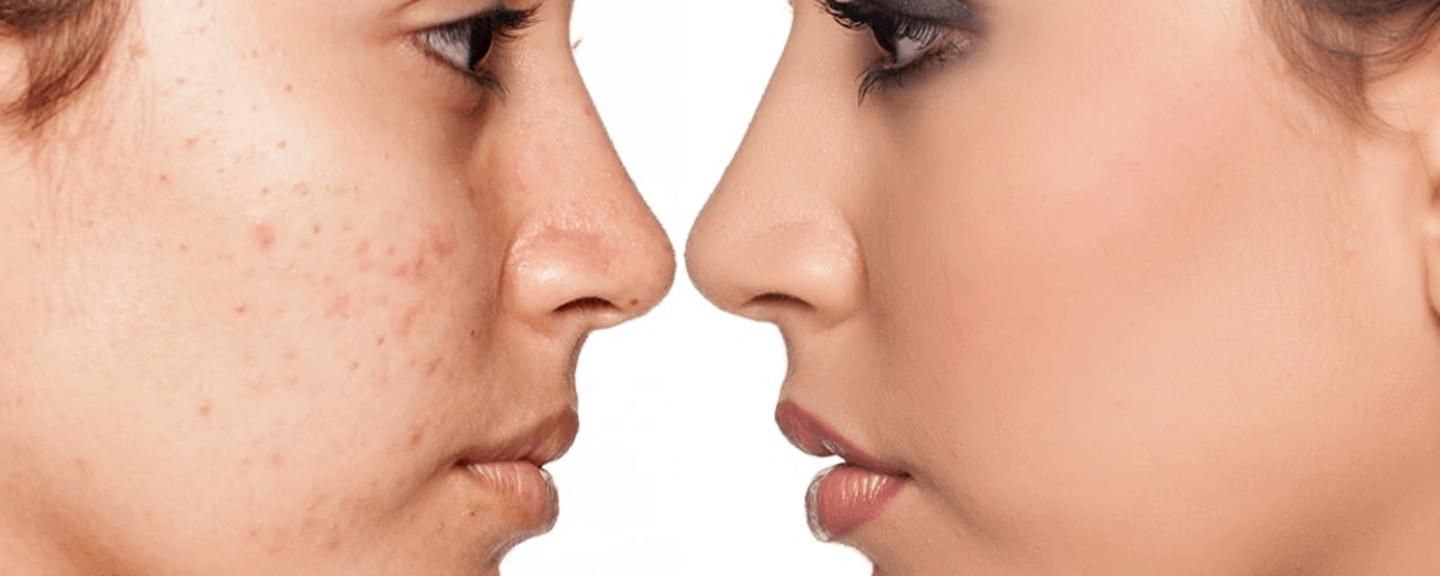
Balancing Protection with Practicality
When considering the use of sunscreen indoors, it’s essential to weigh the need for protection against the practicality of daily routines. UV rays can penetrate windows, meaning indoor exposure isn’t completely risk-free. However, not all environments have the same level of exposure. Here are some factors to consider:
- Window Exposure: Large windows or sunrooms can increase UV exposure.
- Time of Day: Peak sunlight hours can affect UV intensity indoors.
- Skin Sensitivity: Individuals with sensitive skin may benefit from added protection.
means assessing your specific circumstances. For those spending extended periods near windows or with heightened skin concerns, applying a light, daily sunscreen could be beneficial. For others, occasional application might suffice. The goal is to find a routine that safeguards your skin without overcomplicating your daily life.
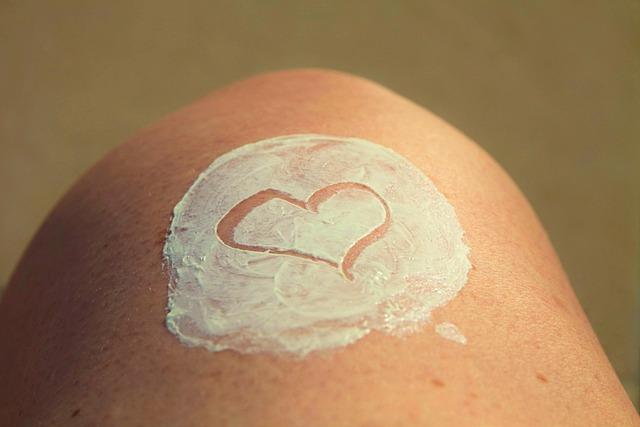
Expert Tips for Everyday Sunscreen Use
Even when you’re inside, UV rays can penetrate windows and affect your skin. Here are some expert tips to ensure you’re protected:
- Choose Broad-Spectrum Protection: Opt for a sunscreen that shields against both UVA and UVB rays. This ensures comprehensive protection whether you’re near a window or outside.
- Apply Generously: Use a sufficient amount to cover all exposed skin, even if you’re planning to stay indoors. Remember areas like your neck and hands.
- Reapply Regularly: Sunscreen can wear off, so it’s crucial to reapply every two hours, especially if you’re sitting by a sunny window.
- Incorporate into Your Routine: Make sunscreen application a daily habit, just like brushing your teeth, to protect against cumulative sun exposure.
- Use SPF-Infused Products: Consider moisturizers or makeup with SPF for an added layer of protection throughout the day.


